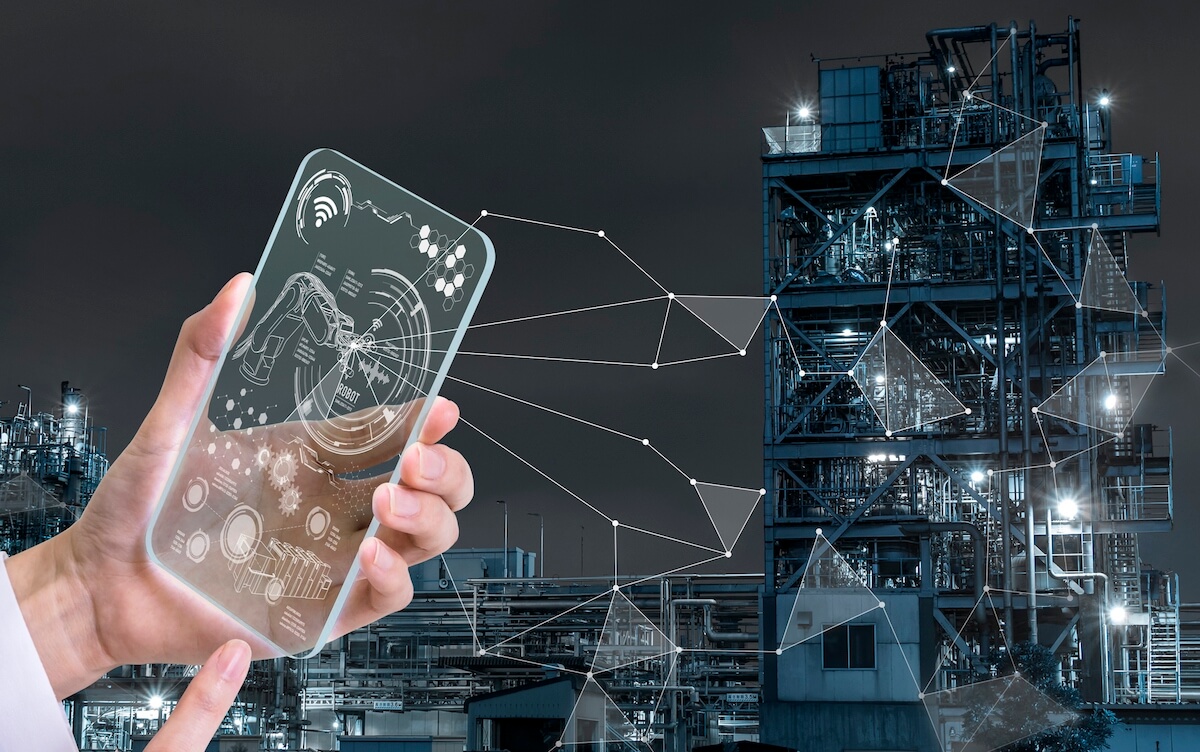10 Technological Trends of the Future
If you are thinking about what the future of technology will be like, there are ten things you should know. These technological trends include artificial intelligence, machine learning, 5G networks, Internet of Things, Edge computing, Virtual and augmented reality, Autonomous vehicles, Quantum computing, and Blockchain technology.
Artificial intelligence and machine learning
There are many types of AI and machine learning tech. They are able to help work in a variety of ways. However, they also have a number of limitations. For example, these tools are not always scalable.
Several people worry that they will take away jobs and widen financial divides. Some experts predict that they will lead to a new age of unemployment.
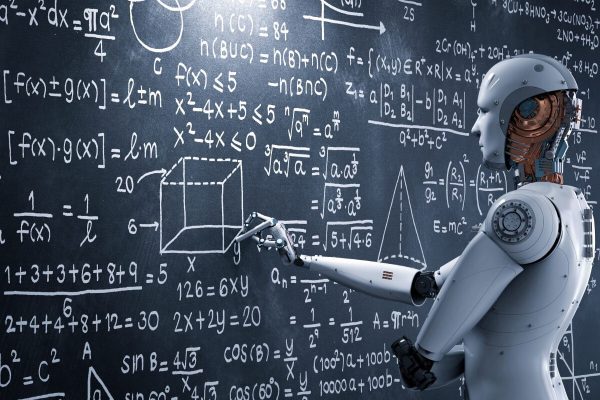
As the field continues to develop, it has become more important to understand the potential impact of AI on the work place. In the future, computers will be able to perform commonsense tasks that were previously thought impossible for them.
This will make them more useful. Similarly, AI will be able to streamline decision making processes and save time. Eventually, these systems could even give consumers a more customized future.
The scientific community is working to overcome the limitations of AI technology. One of the key areas is accelerating the learning process. Generally, this will require a combination of dimensional reduction, feature extraction, and learning process improvement. These methods have well applied in some cases.
Internet of Things IoT
The Internet of Things (IoT) is a technology that is transforming industries. Whether it is healthcare, transportation, or agriculture, IoT offers a range of solutions to optimize resource efficiency, minimize waste, and improve traffic.
Using sensors and actuators, IoT devices collect and report on internal states. Data can be utilized to analyze patterns and make decisions. Actuators can perform actions in response to commands, such as controlling a door or a power outlet.

In addition to its practical uses, IoT has also created many breakthrough innovations. One of them is enabling health care providers to continuously monitor patient health metrics, even outside of a traditional medical appointment.
It is estimated that by 2020, over eight billion devices will be connected to the Internet.
A recent paper from IoT experts outlines the challenges and opportunities surrounding the IoT. It discusses the different enabling technologies and standard architectures, as well as the current and future deployments of IoT.
Another challenge to implementing IoT is bandwidth. As IoT systems become more widespread, they will require more bandwidth. This increased may also lower the latency of an IoT network, making the system more fluid and effective.
Blockchain technology
Blockchain is a distributed computer networking system. The technology enables secure, immutable, and transparent systems. It is widely in a wide variety of industries.
For example, it allows banks to exchange funds more securely. It can also eliminate a lot of the costs associated with third-party verification.
In addition to the benefits, the technology can in a number of other ways. This includes providing proof of integrity for transactions and securing healthcare data.
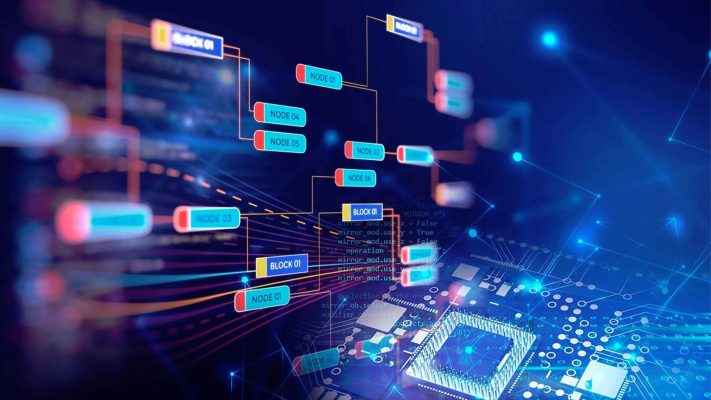
However, these benefits come with disadvantages. For instance, if the primary server is compromised, the entire system go down. Similarly, the download process for a block is only as secure as the data contained in the block.
Lastly, there are the usual security concerns associated with using a cloud environment. Those risks include data loss, theft, and hacking. Lost data threats can mitigated by using lightweight, secure blockchain algorithms.
A good example of a blockchain application is the use of a private key to encode a patient’s health records. Currently, this process is expensive and time consuming.
Quantum computing
Quantum computing is a new form of computing that uses quantum mechanics. It has a lot of advantages, but also has a lot of limitations. For example, it cannot perform well in certain areas, such as error corrected quantum computing.
However, it can use in other ways, including modeling and simulation. In particular, it has the ability to simulate the behavior of proteins in molecular simulations.
This technology help to design better batteries, improve electric vehicle batteries, and help in the design of other products and services.
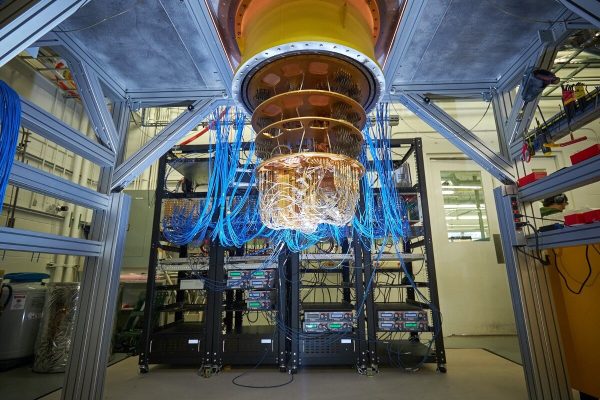
Another application of the quantum computing is in the field of cryptography. Quantum encryption is based on the use of quantum mechanics. The result is a high-efficiency reading and decoding capability.
Some companies are already experimenting with the technological trends. For instance, Volkswagen is exploring it with the help of D-Wave Systems.
Google and IBM are engaged in activities to the technology. And major governments are making investments. These include the US, the UK, and Australia.
Using quantum computers in combination with conventional computers can lead to hybrid systems. These devices could be thousands of times faster than classical computers.
They would impact dozens of computational science and engineering fields, from drug design to weather forecasting.
Virtual and augmented reality
With the increase of smart devices, the VR and AR market will grow. In the future, these technologies will play a key role in digital transformation of businesses.
They will also help businesses communicate and interact with consumers in a more natural way. The expected revenue from these technologies is over $500 billion by 2025.
The NMC / CoSN Horizon Report ranks virtual and augmented reality as the most compelling. It predicts that these two technologies will contribute over 15.5 billion euros to the European economy by 2022.
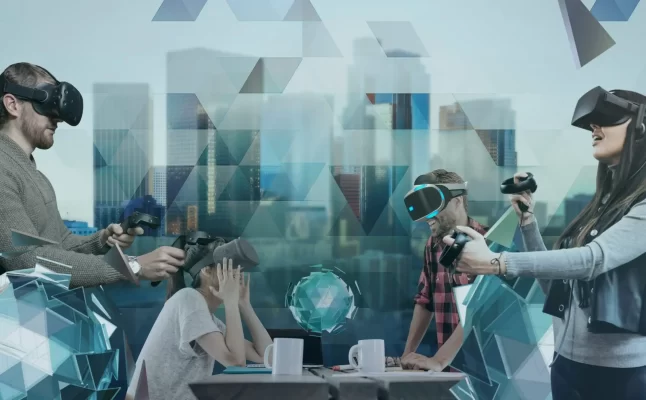
Among the most popular applications of virtual and augmented reality are games, shopping, and entertainment. While these industries will likely contribute the most to growth in the coming years, the industry is expanding beyond them to other areas.
Virtual and augmented reality are currently being used in the healthcare industry to reduce risks of surgery errors. Medical professionals are also using eye-tracking technology on VR and AR systems to diagnose visual impairments.
Although virtual and augmented reality are growing rapidly, they are still in early stages of development. There are limitations to their use, such as a high price tag and lack of standardization.
However, with time, these technologies will become more affordable and accessible to consumers.
5G networks
5G is the latest cellular technology, which increases the speed and responsiveness of wireless networks. It can reduce latency to a fraction of a second. Moreover, 5G offers improved security and enhanced connectivity.
As a result, 5G networks will provide new applications and opportunities for innovation. They will be implemented in stages over the next few years.
The technologies will enable new use cases in every industry. Some examples include remote surgeries, medical and health care, IoT, drones, and precision agriculture.
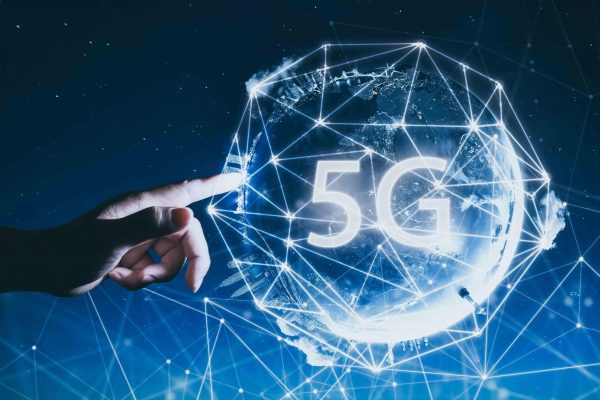
Another potential application is self-driving cars. With 5G, drivers will be able to interact with a vehicle’s navigation app. In addition, they will be able to communicate with other vehicles and entities on the roadway.
For example, they will be able to share information about accidents and traffic congestion. This would be useful for real-time applications.
Additionally, the healthcare industry is beginning to focus on remote surgeries and diagnoses. Because of the low latency of 5G, doctors can perform preventive and diagnostic treatments, as well as prescription handling, without delay.
The transportation and logistics sector is expected to show a significant increase in growth. This will be due to the expanding need for high-speed Internet connections.
Edge computing technological trends
One of the most intriguing technological trends of the future is edge computing. It’s about processing data closer to the source, and it can improve business and customer experiences.
While the idea of moving computing closer to the edge sounds enticing, it may be difficult to implement. The technology requires significant progress, and a lot of technical hurdles need to be overcome.
Unlike cloud computing, edge computing isn’t built on a single, centralized server. Instead, it’s an interconnected approach that leverages a number of edge solutions to process and aggregate local data.
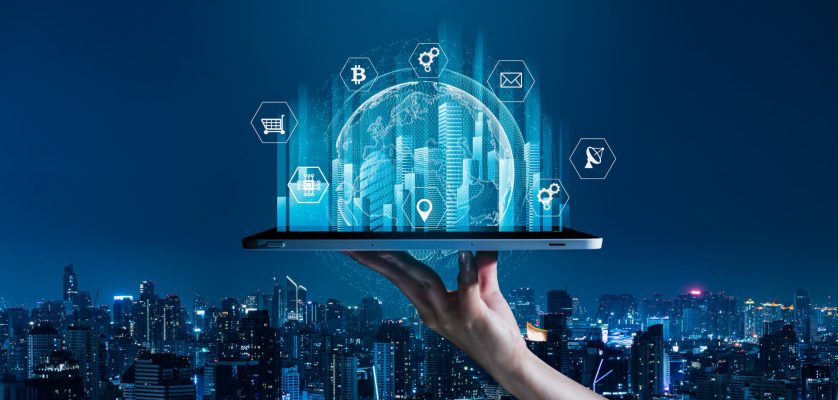
Edge computing helps organizations deliver a more personalized and responsive experience for customers. It’s also a way to address data privacy concerns.
In addition, edge computing can improve worker safety in dangerous and remote locations. For example, it can help oil rigs operate more efficiently. And it can analyze and manage the data generated by employee safety devices.
Edge computing is a growing technological trends, and there are many applications for it. A well-constructed edge deployment will combine the data generated by several sensors to provide a more accurate view of the environment.
Autonomous vehicles technological trends
Autonomous vehicles are a key technological trend of the future. With the ability to detect objects, map the road, change routes, communicate with each other, and navigate without human intervention, these cars can revolutionize mobility.
Whether used as personal vehicles or on a wider transportation network, these cars can make roads safer.
In addition to making journeys safer, autonomous vehicles are able to reduce traffic congestion. This could mean fewer accidents and a more efficient way of living.
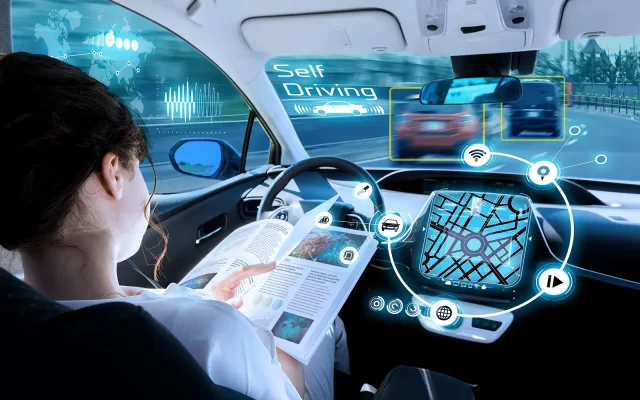
While the benefits of using these vehicles are numerous, the challenge is ensuring safety. Driverless cars must be able to detect and avoid obstacles, identify people, and decide whether to swerve or keep going. If a situation arises where the car’s safety is compromised, a human driver can take control.
Although many companies are testing driverless vehicles on the public road, legislation for fully autonomous cars is not yet in place. Nevertheless, several technology companies, including Google, Lyft, and Uber, are working on their own plans to introduce commercial services in dense urban areas.
Biotechnology and genetics technological trends
Biotechnology and genetics are technologies that are changing our lives. They are also influencing the way we produce food and agriculture.
By developing crops with increased resistance, and using new biochemical processes, biotechnology can help reduce environmental impact and create food that is more nutritious.
For many years, genetics has been used in gene therapy to treat cancer and rare diseases. Now, with advanced computing technology, companies are expanding the scope of research to develop new products.

The use of biotechnology in agriculture is expected to reduce the ecological damage caused by pesticides. Also, it has the potential to reduce the energy needed to produce food. It is also used to create a crop called the WEMA crop, which is resistant to drought and certain insects.
The biotechnology industry is predicted to grow by a compound annual growth rate of 15.8% between 2021 and 2028. This industry is booming because of the increasing demand for genetically modified foods, vaccines, and pharmaceuticals.
As these products become available, society will have questions about their safety and environmental impact.
Biotechnology has also changed the way we conduct clinical trials. With big data, researchers can better understand newly discovered microbes, diagnose patients, and improve drug treatments. And thanks to cloud computing technology, companies can store their data without expensive hardware.
One of the most promising technological trends in biotechnology is artificial intelligence (AI). AI algorithms can identify traits of diseases, and also help with diagnostics and medicine.
Robotics and drones
Robots and drones are expected to be the next big technological trends. They are set to change the landscape of work and increase productivity. Depending on the technology, robots and drones are able to complete all kinds of tasks.
While robots are expected to increase worker productivity, they also require maintenance and regular upgrades. A robotics expert can help you maintain and upgrade your robotics system.
Robots and drones can be programmed with artificial intelligence. The software routines help the robot process information and make decisions.

Artificial intelligence helps improve the accuracy of robots and drones. It can make them more efficient and less costly. In addition, it can increase their mobility.
Another advantage of robotics is that they can be controlled from a distance. For instance, a robotic patrol dog can monitor a criminal’s location. These types of robots are known as autonomous robots.
Currently, the human-robot relationship is complex. Despite the technological progress made, robots and drones are still imperfect. Some are prone to technical failures and software exploits.
However, there are several companies that are working on autonomous robots. One example is Boston Dynamics. This company secured a license to use drones for commercial delivery in the US.
A study conducted by Statista found that over a quarter of respondents would rather have a delivery by drone. Other countries are more ready to deploy this technological trends.
You can click here to follow the latest developments in technology.
Do you want to read more news contents?




